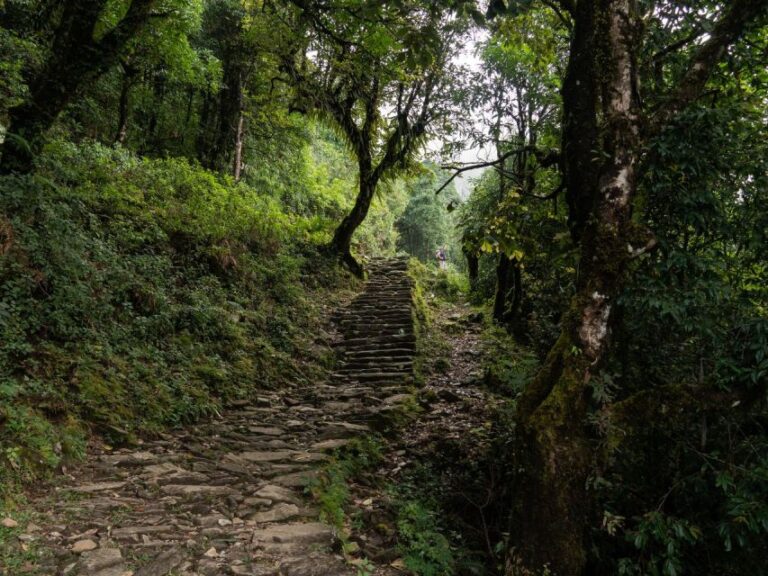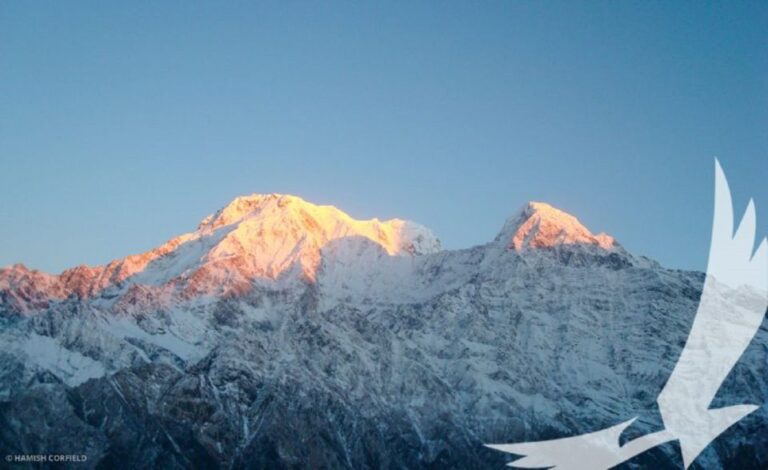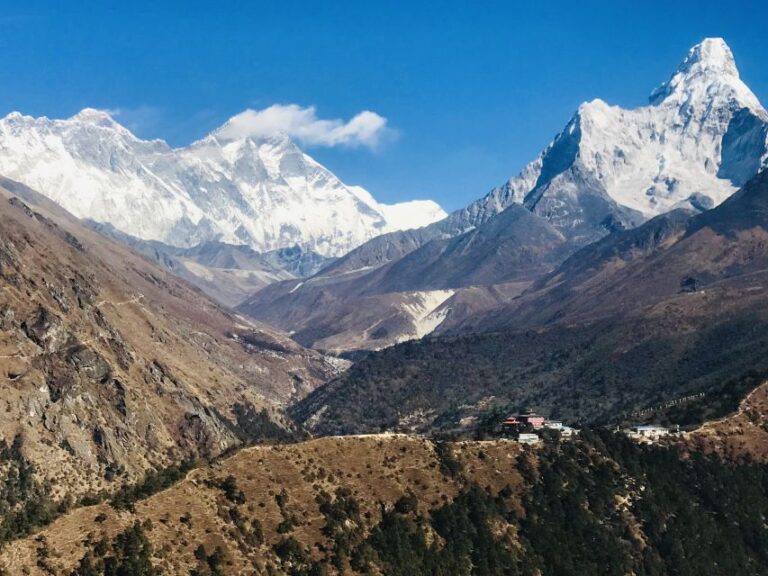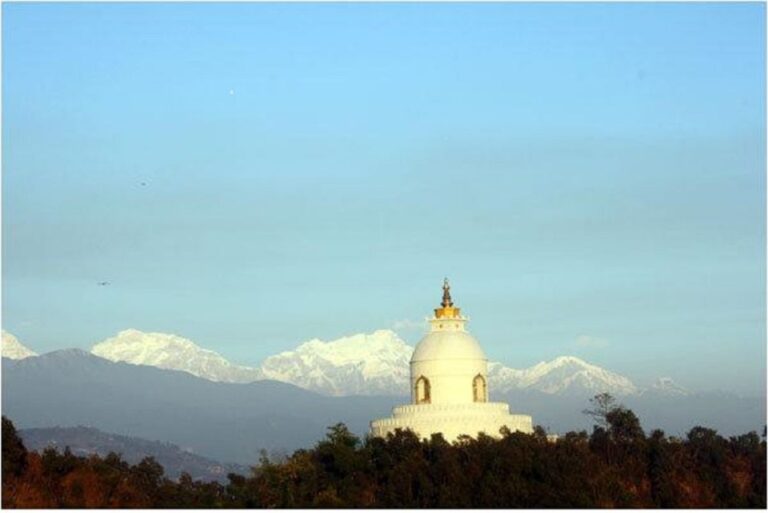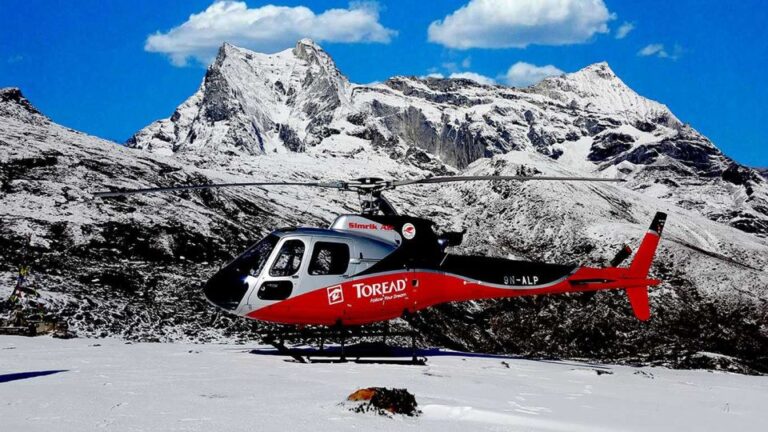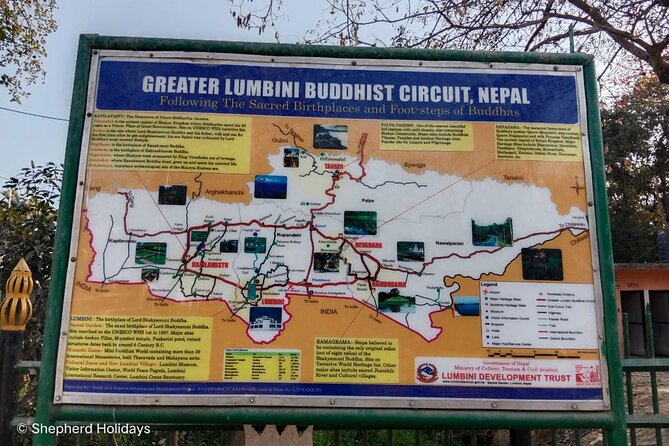14 Days Everest Trek
In the shadow of the towering Himalayas, the ’14 Days Everest Trek’ beckons intrepid souls to traverse its challenging paths and unearth the mysteries hidden within its snow-capped peaks.
As the crisp mountain air fills their lungs and the rugged terrain tests their resolve, adventurers are drawn into a world where every step brings them closer to the pinnacle of human achievement.
Amidst the whispers of the wind and the majestic vistas that stretch endlessly before them, a sense of wonder and anticipation lingers, hinting at the extraordinary experiences that await those brave enough to embark on this remarkable journey.
Just The Basics
- Altitude acclimatization is crucial for the 14-day Everest trek.
- Engage deeply with Sherpa culture and people during the trek.
- Enjoy breathtaking mountain views and immerse in adventure activities.
- Prioritize gradual altitude gain, cultural interactions, and comfortable accommodations for a memorable experience.
It's also worth checking out some other tours and experiences nearby.
Overview of the 14-Day Trek
Embark on an exhilarating 14-day trek through the breathtaking landscapes of the Everest region, immersing oneself in the beauty and challenges of this iconic adventure.
Altitude acclimatization is crucial during this journey to prevent altitude sickness as you ascend to higher elevations. The itinerary allows for gradual altitude gain, giving trekkers time to adjust to the thinning air.
Plus, cultural interactions with the Sherpa people provide insight into their traditional way of life, adding a rich layer of experience to the trek. Trekkers have the opportunity to visit monasteries, interact with locals, and witness age-old customs, enhancing the overall adventure.
These cultural exchanges not only enrich the journey but also foster a deeper connection to the Everest region and its people.
Highlights of the Everest Region
Exploring the Everest region reveals a tapestry of natural wonders and cultural treasures waiting to captivate adventurous souls. The highlights of the Everest region include:
-
Mountain Views: The breathtaking panoramic views of the world’s highest peaks, including Mount Everest, Lhotse, and Nuptse, offer a surreal experience that will leave trekkers in awe.
-
Sherpa Culture: Enjoy the rich traditions and hospitality of the Sherpa people, known for their mountaineering expertise and warm demeanor.
-
Adventure Activities and Local Wildlife: Engage in thrilling activities like trekking, mountain biking, and even paragliding while encountering unique wildlife such as the Himalayan tahr, musk deer, and various bird species along the way.
Daily Itinerary Breakdown
Winding through picturesque valleys and towering peaks, the daily itinerary breakdown of the Everest Trek in 14 days offers a thrilling adventure for intrepid explorers. The journey is carefully planned to ensure trekkers experience the majestic beauty of the Himalayas while staying safe and healthy. Below is a table highlighting key aspects of the trek:
| Day | Itinerary Highlights |
|---|---|
| Day 1 | Arrival in Kathmandu |
| Day 2 | Flight to Lukla, Trek to Phakding |
| Day 3 | Namche Bazaar, Acclimatization |
| Day 4 | Acclimatization Day in Namche |
| Day 5 | Trek to Tengboche, Visit Monastery |
Trekkers must be prepared for fluctuating weather conditions, and having appropriate equipment is crucial to tackle the terrain effectively. Altitude sickness is a serious concern, so acclimatization days are strategically included to help mitigate its effects.
Accommodation and Meals
Upon reaching the picturesque valleys and towering peaks of the Everest Trek in 14 days, trekkers can look forward to comfortable accommodations and delicious meals along the journey.
-
Accommodation Options:
- Teahouses: Traditional lodges offering cozy rooms with shared facilities.
- Guesthouses: Quaint accommodations providing a more private stay with attached bathrooms.
- Luxury Lodges: Upmarket options for trekkers seeking higher-end amenities like hot showers and WiFi.
-
Meal Planning:
- Local Cuisine: Enjoy hearty Nepalese dishes like dal bhat (rice and lentils) and momos (dumplings).
- Western Fare: Expect familiar comfort foods such as pasta dishes and sandwiches.
- Snacks: Trail mix, energy bars, and hot beverages are readily available for quick bites and energy boosts.
Tips for a Successful Trek
For a successful trek through the majestic Everest region, trekkers should prioritize acclimatization by gradually ascending in altitude to prevent altitude sickness. Proper altitude acclimatization involves taking it slow, allowing the body to adjust to the decreasing oxygen levels. It’s crucial to stay hydrated, listen to your body, and not push yourself too hard too quickly.
When it comes to packing essentials, lightweight, moisture-wicking clothing, sturdy hiking boots, a reliable sleeping bag, high SPF sunscreen, and a refillable water bottle are must-haves. Plus, carrying snacks like nuts, energy bars, and dried fruits can provide quick energy during the trek.
Here's a few more nearby tours and experiences we think you'll like.
Frequently Asked Questions
What Is the Maximum Altitude Reached During the Everest Trek?
Altitude acclimatization is crucial during high altitude treks to Everest. Oxygen levels decrease at higher elevations, increasing the risk of mountain sickness. Proper preparation and gradual ascent help minimize these effects, ensuring a safer and more enjoyable journey.
Are There Any Specific Fitness Requirements or Training Recommended for This Trek?
For a trek like this, fitness requirements are essential. Adequate physical conditioning is crucial for success. While specific training isn’t mandatory, regular cardio, strength, and endurance exercises can greatly enhance the experience.
Can Travelers Bring Their Own Camping Gear or Is It Provided by the Tour Company?
Traveler preferences regarding camping gear vary. Some tour companies provide gear, while others allow travelers to bring their own. It’s essential to check with the specific company beforehand to ensure a comfortable and enjoyable trekking experience.
Are There Any Cultural or Religious Customs That Travelers Should Be Aware of During the Trek?
Travelers should be mindful of traditional ceremonies and local customs while trekking. Respecting religious practices and etiquette is crucial. Awareness of cultural sensitivities enhances the experience and fosters positive interactions with the local community.
What Is the Policy Regarding Refunds or Cancellations for the Everest Trek Tour?
When it comes to the refund and cancellation policy for the Everest trek tour, travelers should be aware that Viator offers a flexible approach. Refunds are available under certain conditions, and cancellations may incur charges based on the timeframe.
Not for you? Here's more of our most recent tour reviews happening neaby
- Upper Mustang Trekking – 15 Days
- Everest Helicopter Tour: Experience the Ultimate Aerial Adventure of a Lifetime
- 12 Days Annapurna Circuit Trek
- Private Half-Day Off-Road Safari in Shivapuri-Nagarjun Park – Kathmandu
- Nepal Multisport Adventure Tour
- 7 Days Honeymoon Tour in Nepal
- Nepal Cultural & Adventure
- Bandipur Homestay Tour
- Tibet Tour With Everest Base Camp – FLY IN DRIVE OUT- 8 DAYS
- Day Hiking Near Kathmandu Valley.
- 4 Days Langtang Valley Short Trek
- 12 Days Everest Base Camp Trek in Nepal
- Lobuche East Peak Climb With Everest Base Camp Trek
- 4-Day Kathmandu Valley UNESCO World Heritage Sites Tour
- UNESCO World Heritage Site Tour in Kathmandu
Final Words
Embark on the 14-day Everest Trek for an unforgettable journey through the majestic Himalayas. From the stunning landscapes to the rich Sherpa culture, every moment will leave you in awe.
With a well-planned itinerary, comfortable accommodation, and delicious meals, this trek offers a perfect balance of adventure and relaxation.
Follow the trails to Mount Everest and create memories that will last a lifetime. Don’t miss out on this epic adventure!
